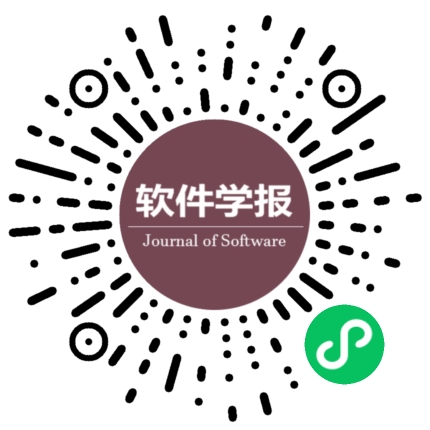基于SVM的多项式循环程序秩函数生成
作者:
作者单位:
作者简介:
李轶(1980-),男,重庆人,博士,副研究员,CCF专业会员,主要研究领域为程序验证,符号计算;冯勇(1965-),男,博士,研究员,博士生导师,主要研究领域为数值混合计算;蔡天训(1993-),男,工程师,主要研究领域为程序验证,嵌入式系统;吴文渊(1976-),男,博士,研究员,主要研究领域为同伦计算.樊建峰(1993-),男,硕士生,CCF学生会员,主要研究领域为程序验证,区块链.
通讯作者:
李轶,E-mail:zm_liyi@163.com
中图分类号:
TP301
基金项目:
国家自然科学基金(61572024,61103110,11471307)
SVM-based Method for Detecting Ranking Functions in Polynomial Loop Programs
Author:
Affiliation:
Fund Project:
National Natural Science Foundation of China (61572024, 61103110, 11471307)
引用本文
李轶,蔡天训,樊建峰,吴文渊,冯勇.基于SVM的多项式循环程序秩函数生成.软件学报,2019,30(7):1903-1915
复制相关视频
分享
文章指标
- 点击次数:
- 下载次数:
- HTML阅读次数:
历史
- 收稿日期:2018-07-10
- 最后修改日期:2018-09-28
- 录用日期:
- 在线发布日期: 2019-04-03
- 出版日期:
文章二维码

您是第位访问者
版权所有:中国科学院软件研究所 京ICP备05046678号-3
地址:北京市海淀区中关村南四街4号,邮政编码:100190
电话:010-62562563 传真:010-62562533 Email:jos@iscas.ac.cn
技术支持:北京勤云科技发展有限公司
版权所有:中国科学院软件研究所 京ICP备05046678号-3
地址:北京市海淀区中关村南四街4号,邮政编码:100190
电话:010-62562563 传真:010-62562533 Email:jos@iscas.ac.cn
技术支持:北京勤云科技发展有限公司



